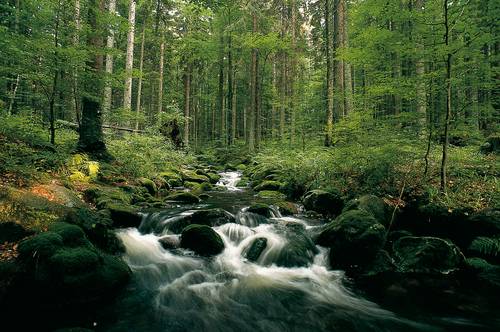The European Green Belt and 30 years of the German reunification – Nature conservation connects neighbours
These days in autumn 2020, people in Germany are celebrating the 30th anniversary of the fall of the Berlin Wall – an event for conservationists to claim: nature deserves attention, too.

The end of the Iron Curtain was at the same time the beginning of one of the continent’s most ambitious nature conservation projects – the European Green Belt. Where barbed wire and shooting devices separated neighbouring European countries for decades, conservationists are now cooperating across borders to preserve Europe’s natural heritage.
The Green Belt in Germany is only part of a much greater network of habitats, the European Green Belt. In the shadow of the Iron Curtain, also along the German-Czech Republic border, it has been possible to preserve valuable wildlife sites. In the context of the annual European Green Belt Days, members of civilian organisations in both the Bavarian and Bohemian Forests National Parks have organised cross-border activities. These have involved not only observations of nature, but also developing strategies for the promotion of bilateral development.
The cooperation along the German-Czech Republic border is just one example of many (as you can find out in our news section). No doubt, the European Green Belt is today a dynamic symbol of European integration. Three decades after the great turning point in European politics, this strip of living nature exemplifies the peaceful cross-border cooperation between previously hostile nations. The goal of the European Green Belt Initiative is the promotion of sustainable regional development which will at the same time ensure the long-term conservation of a variety of connected habits.
